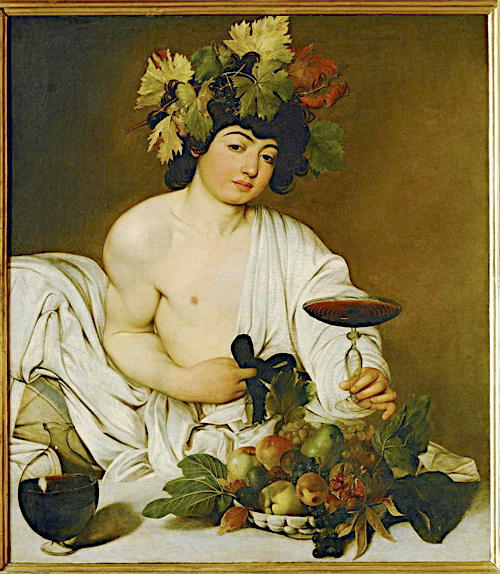Undergraduate Seminar: Caravaggio and the Death of Painting

Michelangelo Merisi, called Caravaggio, is today one of the best known Italian painters of the early modern period, and his turbulent life has been the subject of numerous popular biographies, films and novels. His paintings strike many viewers as surprisingly modern, both in their formal strategies and in their confrontational attitude toward the viewer's moral sensibilities. In his own time Caravaggio's pointedly naturalistic style and deliberately abject treatment of subject matter challenged the very definition of painting as it had been established in the 15th and 16th centuries by Leonardo da Vinci, Raphael and Michelangelo. Even in major religious paintings his figures look like people taken from the streets, while his dramatic illumination looks more like the harsh effects of studio lighting than the carefully modulated chiaroscuro of traditional pictorial naturalism. Confronted by such pictures, the French artist Nicholas Poussin was not alone in thinking that Caravaggio "came into the world to destroy painting." This course offers a survey of Caravaggio's work in Rome, Malta and Naples between the early 1590s and his untimely death in 1610, ranging from early still-life paintings, genre subjects and mythological pictures to the major altarpieces of his maturity. As we shall see, the artist's hostility toward the Renaissance tradition of idealized nature did not amount to a wholesale rejection of Renaissance principles. Nor did his unconventional handling of religious and mythological subjects entail a complete refusal of the spiritual and literary values of his time. Other questions to be examined include Caravaggio's unorthodox working methods; his engagement with the rough street life of Rome; the lyrical address of his musical and erotic subjects; his competition with the ghost of Michelangelo and with living masters such as Annibale Carracci; the strangely powerful emptiness of the altarpieces he painted in Malta; and the thread of self-portraiture that seems to run through much of his oeuvre. We will also examine Caravaggio's enormous impact on younger artists, including the major Italian female painter of this period, Artemisia Gentileschi.
Estimated cost of materials: $50-$100.
Textbooks/Other Materials:
Category for Concentration Distributions: D. Europe and the U.S., 3. Early Modern.